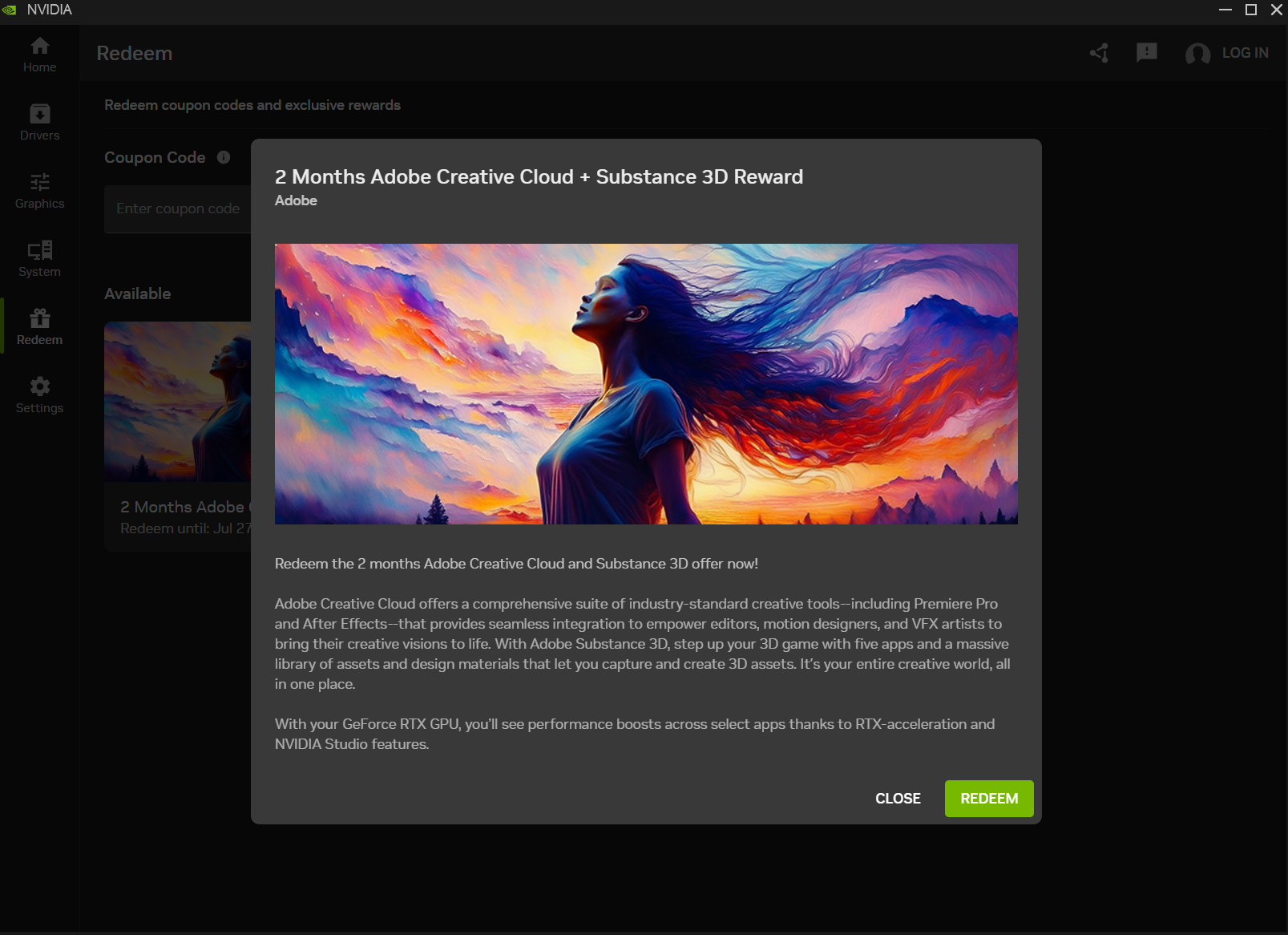Two years after the original RX 7000 launch, new rumors have surfaced that RDNA 3 will finally make its way to the entry-level desktop market to compete with the likes of the RTX 3050 — not one of the best graphics cards, but perhaps something people might consider in a pinch. GPU leaker Komachi_Ensaka on X reports that AMD is making two new entry-level GPUs, the RX 7400 and RX 7300, both based on the Navi 33 die.
Specs were not shared, but the shout-out to Navi 33 gives us an idea of how these GPUs will be configured. Navi 33 is the smallest and least powerful RDNA 3 GPU die AMD currently makes, and it’s the only RDNA 3 die that doesn’t utilize chiplets, instead sticking to the traditional monolithic design. The only desktop GPUs that use Navi 33 right now are the RX 7600 and RX 7600 XT, which both come with 2,048 shader cores and a 128-bit memory interface.

Should these cards surface, we can expect the RX 7400 to be a shaved-down variant of the RX 7600 and the RX 7300 an even further hobbled version. We can’t say exactly how AMD will tweak Navi 33 for these two SKUs, but logically it will disable some of the Compute Units (CUs) and shader cores, possibly lower the clocks, and potentially reduce the memory bus width and VRAM capacity.
We would guess the RX 7400 will have anywhere between roughly 1,024 to perhaps 1,792 shaders, or 16 to 28 CUs. AMD could stick with the same 128-bit memory interface and 8GB VRAM as the RX 7600, or it could drop down to a 96-bit interface and 6GB of VRAM. Either way, it ought to deliver a superior experience to the RX 6500 XT and RX 6400, which normally only have 4GB of memory (though there is a newer 8GB 6500 XT variant now).
The RX 7300 would naturally trim down the specs even further. It may end up with a 64-bit memory interface and 1,024 shaders or less. Or, depending on how the 7400 gets configured, it could even have a 96-bit interface. This is all just educated guessing on our part, though the model numbers suggest there will be a larger gap between the 7400 and 7600.
One thing that Navi 33 does bring to the table, assuming it’s not disabled, is full video encoding hardware acceleration. That’s a feature missing from the previous generation budget GPUs, and RDNA 3 also adds support for AV1 encoding as a bonus. That should make for a more interesting solution if AMD leaves the VCU (Video Codec Unit) enabled.
However AMD decides to spec the RX 7400 and RX 7300, it could finally have RDNA 3 GPUs aimed at the entry-level segment — again, assuming the rumors are true. Consumers would potentially have an RX 6500 XT successor, which we’ve called one of the worst AMD GPUs ever made. The RX 6500 XT was made to combat pandemic-era GPU shortages, using mobile variants of RDNA 2’s Navi 24 die that lacked several key features, saddled with a 64-bit memory interface. Needless to say, those are very big boots to fill.
If the RX 7400 and RX 7300 come out, we can’t help but wonder how they’ll fare when compared with the 6500 XT and 6400. The former chip only has 16 CUs and 1,024 shaders, so there’s little chance an RX 7400 with a newer architecture and more CUs wouldn’t beat it… unless AMD cuts things too far. Time will tell whether we actually see these new variants hit the retail market, and if so, how they end up performing when compared with other entry-level options from our GPU benchmarks hierarchy.







